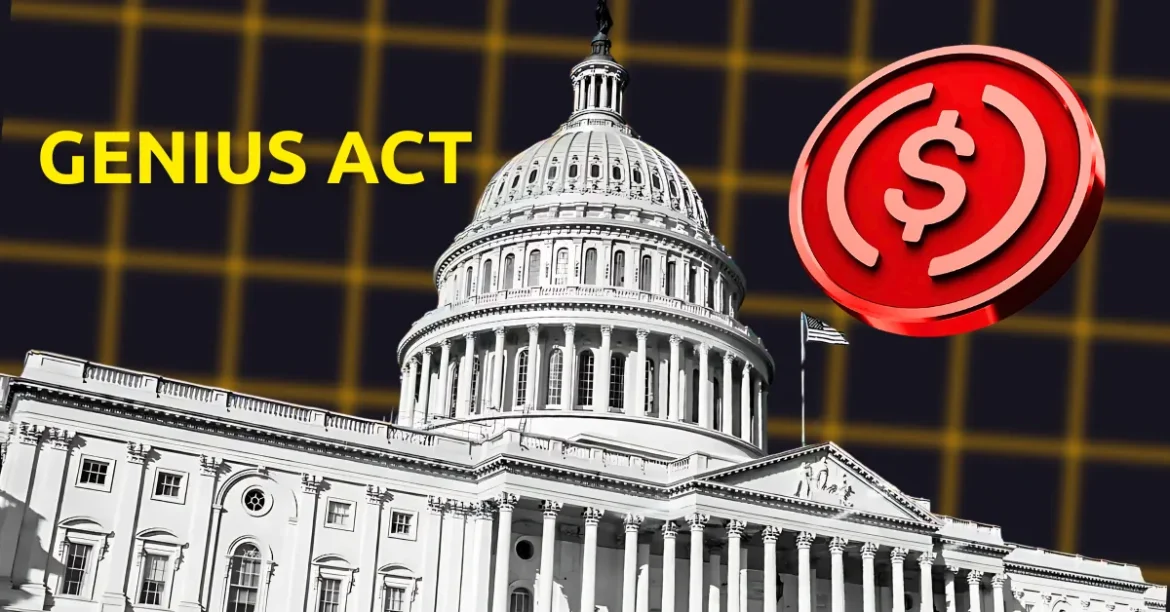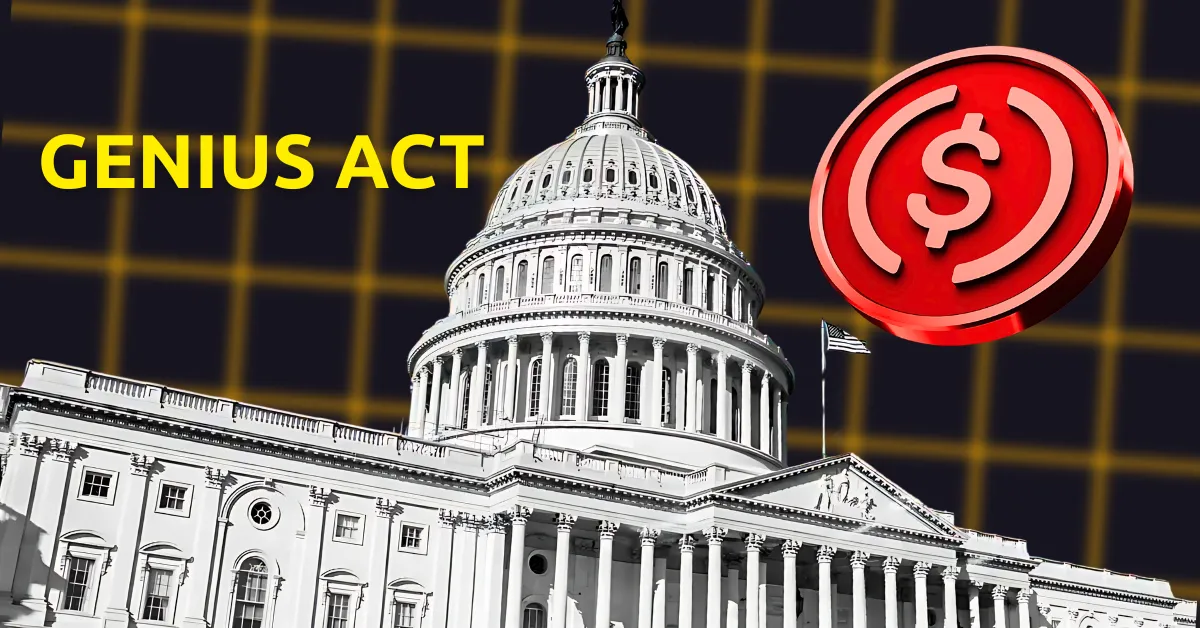Unpacking the Senate’s Move on the GENIUS Act: What It Means for Stablecoins and the Crypto Landscape
The U.S. Senate’s recent decision to advance the GENIUS Act marks a pivotal moment in cryptocurrency regulation, especially regarding stablecoins. With a decisive vote tally—ranging around 66-68 in favor versus 22-32 against—the bipartisan support signals strong momentum toward establishing a formal regulatory framework for stablecoins, a rapidly expanding sector currently valued at over $230 billion. This legislative progress invites analysis of both the bill’s content and its broader implications.
Understanding the GENIUS Act and Its Scope
The GENIUS Act (Guiding and Establishing National Innovation for US Stablecoins) is groundbreaking as the first comprehensive piece of legislation aimed specifically at regulating stablecoins — digital assets pegged 1:1 to fiat currencies, particularly the U.S. dollar. Its core provisions include:
– Federal Oversight: The Act proposes federal licensing requirements for stablecoin issuers, mandating adherence to regulatory standards much as traditional financial institutions do.
– Reserve Requirements: To ensure stability and trust, the bill insists on maintaining a 1:1 reserve backing for stablecoins, aiming to protect against run risks and preserve the dollar peg.
– National Security Focus: By regulating stablecoins more closely, the Act aims to safeguard the U.S. financial system from threats such as illicit use, cyber risks, and systemic vulnerabilities tied to unregulated digital assets.
This approach reflects lawmakers’ recognition that stablecoins are no longer niche products but integral participants in both retail and institutional finance, necessitating a clear regulatory structure to prevent market disruptions without stifling innovation.
Legislative Journey: Bipartisan Momentum Amid Tactical Objections
The bill’s evolution shows growing, albeit contested, support. Initial resistance—most notably from some Democrats who raised concerns over the scope and timing of regulation—softened as negotiations and amendments shaped a more palatable text. Republican senators largely championed the bill, emphasizing the need for timely regulation to preserve the dollar’s leadership and to thwart what they view as unnecessary delays.
Key procedural votes included:
– A cloture vote that overcame filibuster threats and allowed debate to progress.
– Multiple affirmative votes on advancing the bill out of committee, with notable figures like Senator Pete Ricketts voicing strong support, declaring the bill “landmark legislation” advancing the U.S. dollar’s standing.
– Floor votes passed comfortably, underscoring consensus that unregulated stablecoins cannot be left unchecked given their market size and influence.
Nonetheless, some dissent remains, with 22 to 32 senators opposing aspects of the bill, raising issues about regulatory reach and potential impacts on innovation within the crypto ecosystem.
What Happens Next: From Senate Floor to Possible Law
With the bill now cleared for full Senate debate and likely final passage, subsequent steps include:
– Final Senate Vote: Given the previous strong margins, the bill’s passage in the Senate floor vote seems highly probable.
– House of Representatives Consideration: The House will have to review, and likely mirror, the Senate’s regulatory framework or propose amendments.
– Reconciliation and Presidential Approval: Differences between chambers must be resolved, followed by potential signing into law by the President.
Throughout this process, industry players, lobbyists, and watchdogs will remain engaged to influence final details, ensuring that the legislation balances security with innovation-friendly policies.
Impact on the Stablecoin Market and Broader Crypto Industry
Regulatory clarity from the GENIUS Act could foster several significant outcomes:
– Increased Market Stability: Enforcing reserve requirements and federal oversight will reduce the risk of sudden de-pegging events, which have historically shaken investor confidence.
– Enhanced Consumer Protection: Licenses and audits will help prevent fraud and protect users of stablecoins from financial losses.
– Boosted Institutional Adoption: Clear regulations may embolden banks and institutional investors to integrate stablecoins into payment systems and financial products.
– Global Leadership in Crypto Innovation: By setting a standard regulatory framework, the U.S. positions itself as a leader in shaping the global digital currency environment, reinforcing the dollar’s primacy.
Yet, concerns linger among some that overly stringent rules could stifle innovation or push projects offshore, creating regulatory arbitrage opportunities.
Conclusion: A Landmark Step Toward Regulation with Broader Ramifications
The Senate’s advancement of the GENIUS Act represents a critical juncture in the maturation of the stablecoin market and the cryptocurrency sector at large. By formalizing regulatory standards for stablecoins, the U.S. moves to protect its financial infrastructure while fostering a stable environment for innovation. The bipartisan nature of the support underscores the urgency and recognition of stablecoins’ growing economic significance.
With final legislative hurdles approaching, stakeholders in finance, technology, and policymaking must watch closely as this landmark bill has the potential to reshape how digital currencies integrate into everyday commerce and global finance. The GENIUS Act could well be the blueprint for harmonizing innovation with regulation in the digital age, setting a precedent with far-reaching consequences.





